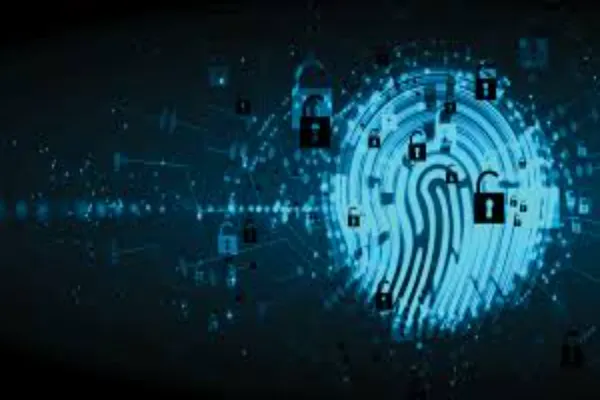Why Protecting Identity Is Key for Modern Cybersecurity

Identity has become the front line of defense against cyber threats. That might sound melodramatic, but in today’s hyper-connected business environment, it’s true. Forget about traditional security models that focus on securing network perimeters. Thanks to the rise of cloud services, remote work, and mobile devices, the boundaries have been blurred.
That means attackers now target the weakest link: user identities. To build an effective cybersecurity strategy, you must focus on protecting identity.
Identity as the New Attack Vector
Cybercriminals increasingly exploit credentials to gain access to business systems. Did you know stolen usernames and passwords are traded on the dark web? Additionally, phishing campaigns remain one of the most successful methods of compromise.
The issue is that, once an attacker has gained legitimate credentials, they can move through networks undetected. That means bypassing traditional defenses altogether. This makes identity protection essential for preventing unauthorized access and reducing the risk of large-scale breaches.
The Need to Strengthen Identity Protection Practices
Simply put, to stay ahead of attackers, organizations must adopt layered identity security. Effective measures include:
- Multi-factor authentication: Multi-factor authentication requires additional verification methods beyond passwords. This drastically reduces the success rate of credential theft.
- Single sign-on: SSO simplifies access for employees while allowing IT teams to achieve better oversight.
- Identity and access management: Centralized systems enforce role-based access, which means users only have the permissions they truly need.
- Regular credential audits: Detect unused accounts, privilege creep, and other weaknesses before they become vulnerabilities.
These practices strengthen defenses, but that’s not all. They also improve user experience by streamlining secure access.
The Role of Employee Awareness
Technology is only part of identity protection. It’s also about the people it’s protecting. After all, employees remain the most common entry point for attackers.
Ongoing training is essential. Training allows staff to better recognize the likes of suspicious login prompts and social engineering tactics. For example, simulated phishing exercises can supply real-world learning experiences, which reduces the likelihood of accidental compromise.
Zero Trust
The shift toward a Zero Trust security model underscores one point: the importance of identity.
Zero Trust assumes no user or device is automatically trusted, even if it originates inside the corporate network. Access decisions are continuously verified based on identity, device health, location, and behavior. As it puts identity at the core of access control, Zero Trust reduces opportunities for attackers to exploit stolen credentials.
Supporting Tech for Added Protection
You have strong identity practices in place. However, that alone isn’t going to stop determined attackers from attempting to infiltrate your systems. That’s why continuous monitoring is vital.
Managed detection and response providers can perform an important supporting role by offering round-the-clock threat detection. These services combine human expertise with advanced analytics to identify suspicious activity, from unusual login patterns to privilege escalation attempts, before damage is done.
For businesses lacking a dedicated security operations center, MDR offers peace of mind and rapid response capability.
Conclusion
As business operations shift further into digital and cloud-based environments, identity has become the true perimeter. By making identity security a priority, businesses can build a resilient foundation for modern cybersecurity.




